Anne Frank’s diary is renowned across the globe. However, we might never have known this powerful story if not for Miep Gies.
Miep worked closely with Otto Frank and became very close to the Frank family. She played a crucial role in hiding the family and protecting Anne’s diary from the Nazis.
Thanks to Miep, Anne’s story was preserved and shared. Still, many overlook her role in making Anne’s story known.
Miep turned Dutch and remained with her foster parents
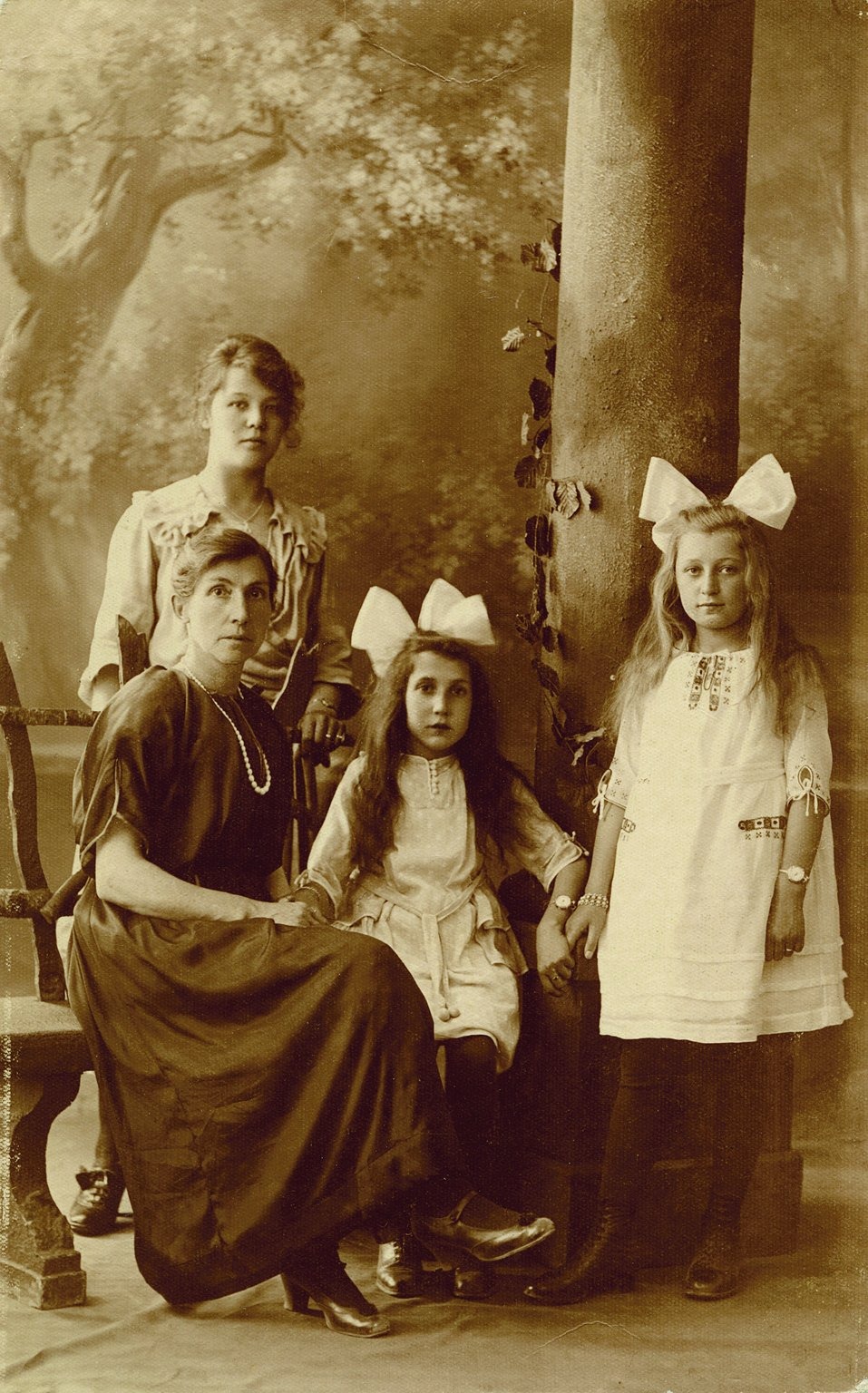
Miep Gies, born Hermine Santrouschitz on February 15, 1909, in Vienna, Austria, faced hardship from a young age. Her Catholic family struggled financially, and the post-World War I food shortages left Miep malnourished.
Seeking a better life, her family sent 11-year-old Miep to the Netherlands in December 1920 through a relief project for Austrian children.
Miep found a new home with the Nieuwenburg family in Leiden. When the family moved to Amsterdam in 1924, Miep’s biological parents decided she was thriving in the Netherlands and chose to let her stay with her foster family.

At 18, Miep began working as a typist in an embroidery workshop but lost her job six years later during the economic downturn.
A chance opportunity arose when her neighbor introduced her to Otto Frank, who was starting his Opekta business.
Miep was hired, and after learning the jam-making process, she was promoted to the ‘Opekta Information Service.’ Here, she provided customer service and handled inquiries by phone and mail.
How did Gies help support the families in the Secret Annex?
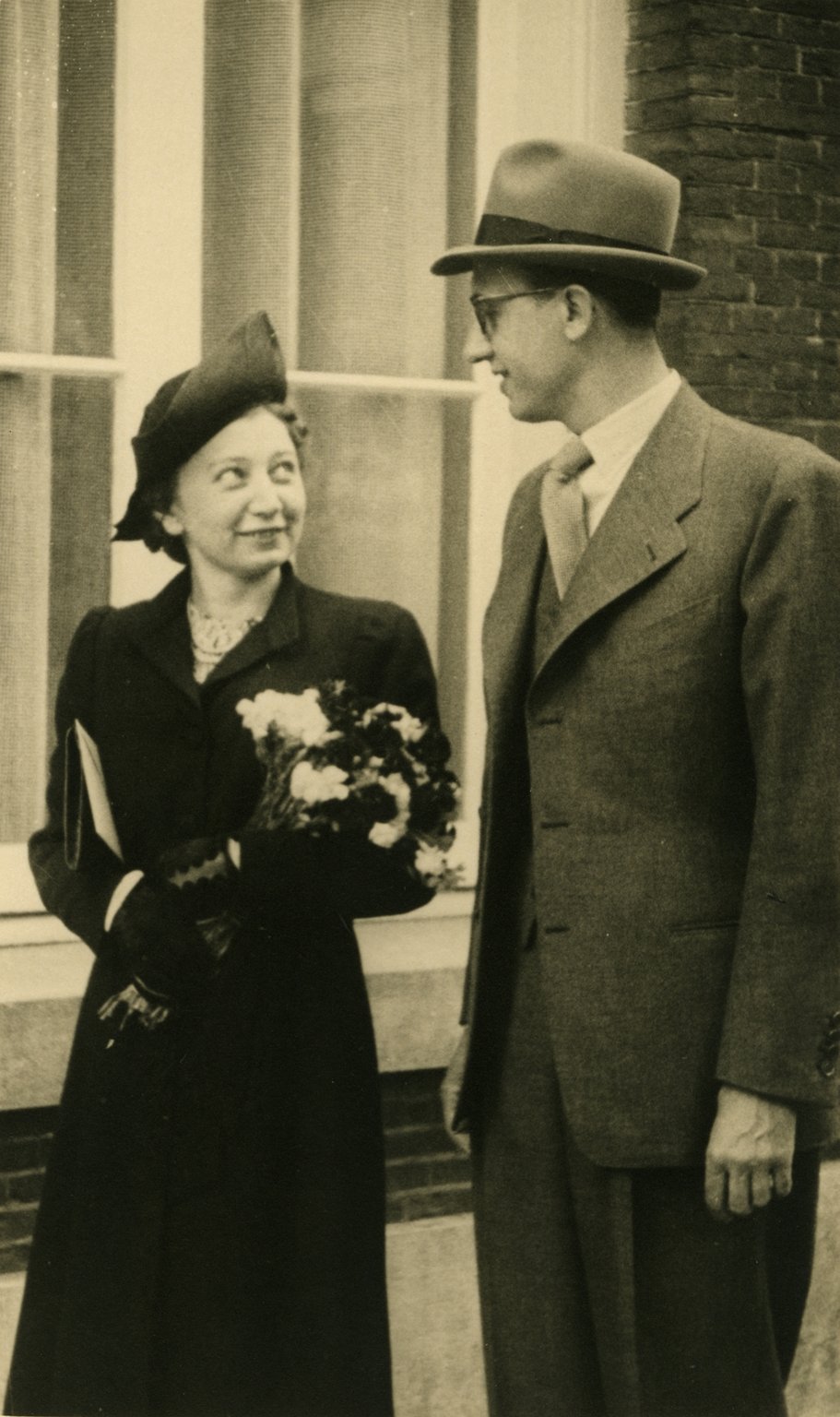
Miep Gies met Jan Gies while working at her first job, and the two fell in love. They married on July 16, 1941, during the early years of World War II.
At the time, Jan was working as a social worker with Amsterdam’s Social Services. They settled in a house near the Merwedeplein, not far from where the Frank family lived.
In July 1942, Otto Frank’s plans to go into hiding were hurried when Margot received orders to report to a forced labor camp.
Otto decided it was time to move his family into the Secret Annex at Prinsengracht 263. This hidden space, concealed behind a bookcase, included two small bedrooms, a shared living area, a bathroom, and an attic.
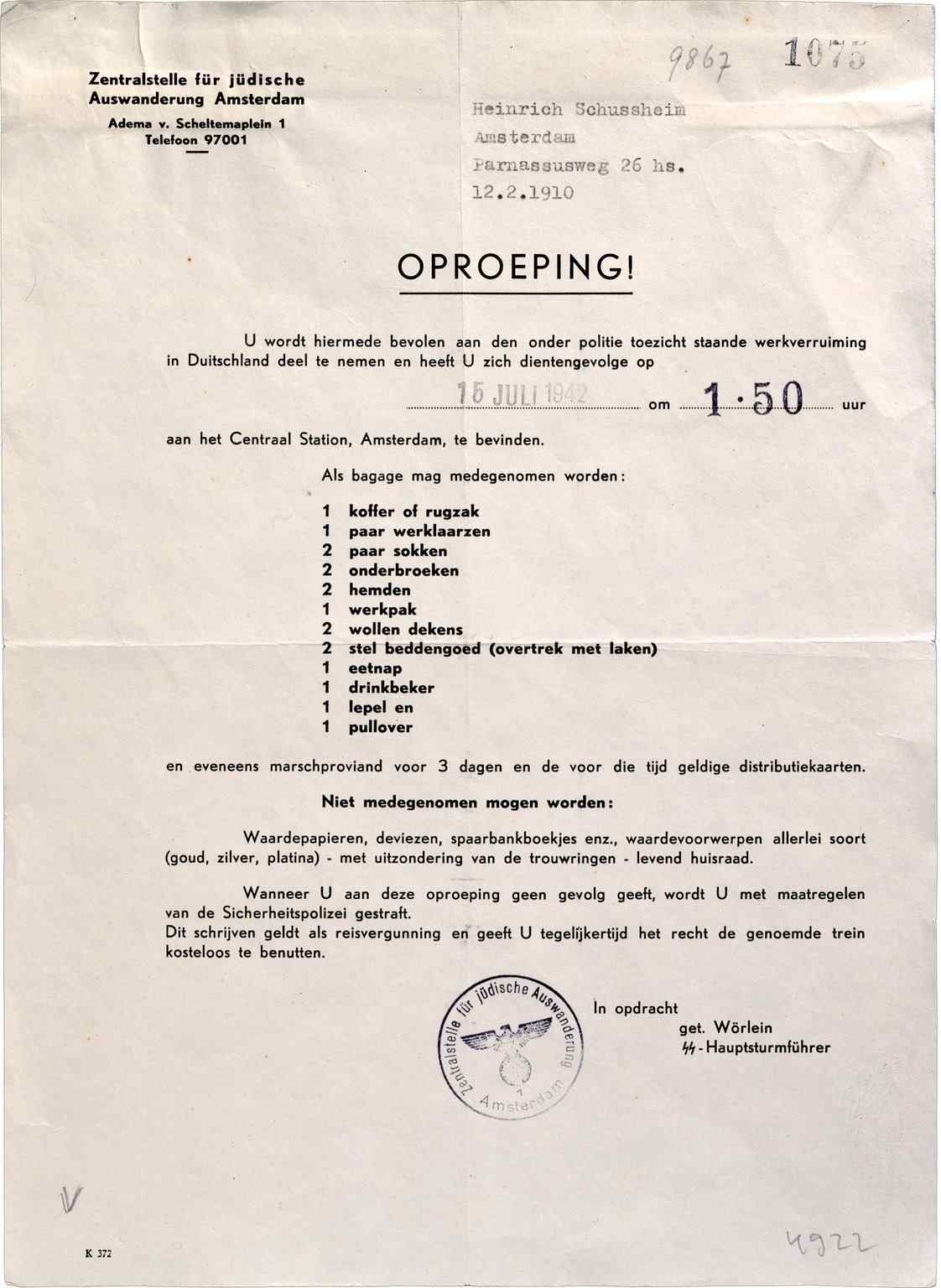
Miep was one of the first people Otto approached with the request for help. Without hesitation, she agreed to assist. The next morning, Miep and Jan discreetly escorted Margot to the hiding place, using heavy rain to shield their movements.
They cycled slowly, blending in with the everyday crowd. Otto, Edith, and Anne joined Margot later that day. The family’s disappearance was covered up with a story that they had fled to Switzerland.
A week later, Otto’s business partner, Hermann van Pels, and his family joined the group. Pfeffer, a dentist familiar with the Franks, also sought refuge with the help of Miep. Eight people now occupied the cramped space, living in constant fear of discovery.
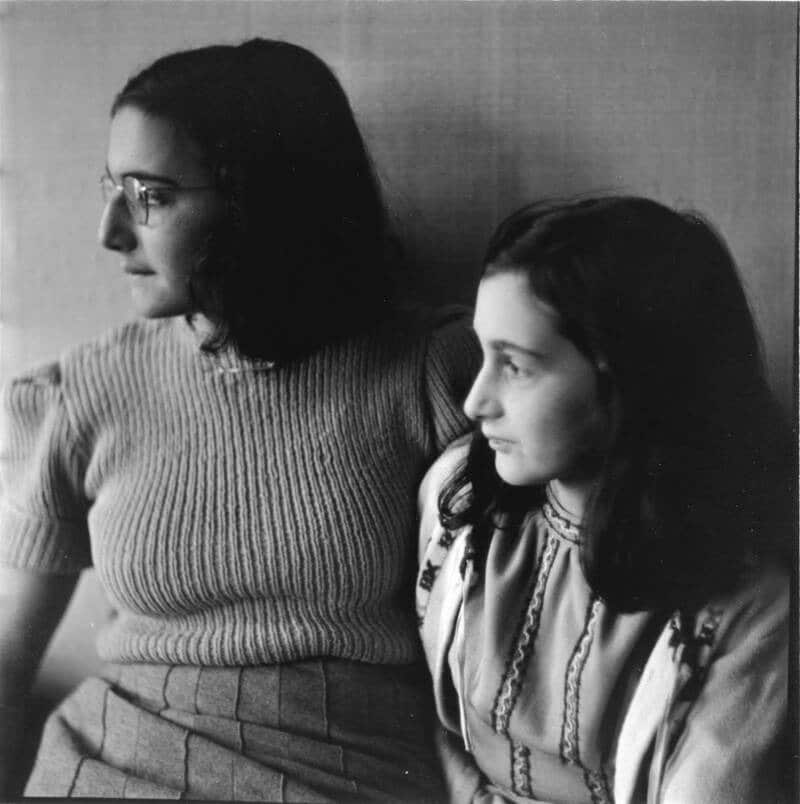
Once settled, the residents of the Secret Annex established a routine. The helpers, including Bep Voskuijl and Johannes Kleiman, played crucial roles in delivering supplies and maintaining secrecy.
In a 1992 interview, Miep Gies recalled: “Bep [Voskuijl] took care of bread and milk. Kugler and [Johannes] Kleiman kept the business running and brought books and magazines for those in hiding. My job was fetching vegetables and meat.”
Anne Frank echoed this in her diary, noting, “Miep is just like a pack mule, she fetches and carries so much. Almost every day, she manages to get hold of some vegetables for us, bringing everything in shopping bags on her bicycle.”
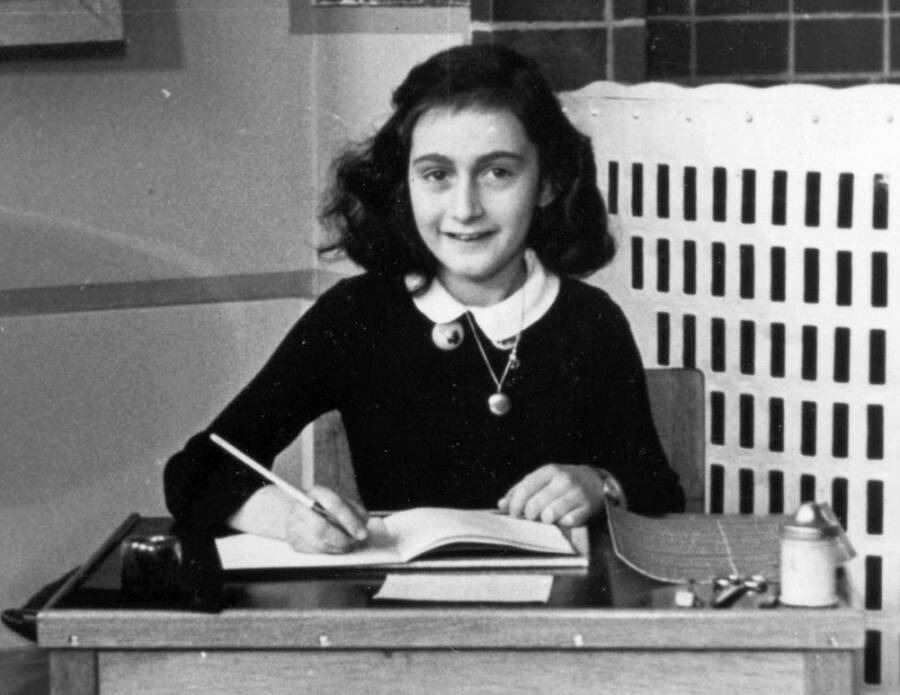
All the helpers risked their lives daily. As a social worker, Jan Gies had more mobility than most and used his connections for the Dutch resistance. He helped obtain ration cards and illegal papers.
Alison Leslie Gold, the co-author of Gies’ autobiography, shared, “Jan brought books from the library, visited the hiding place daily, and kept the occupants company because they were lonely.”
Gold described Jan as “like a double trouble” for his unspoken yet crucial contributions.
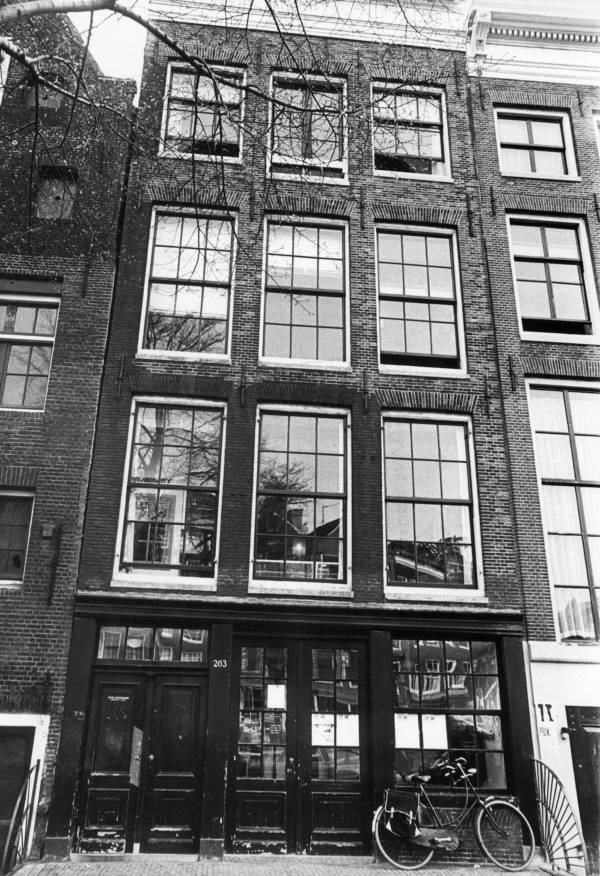
The Franks were unaware that the Gieses were also sheltering Kuno van der Horst, a young man avoiding forced labor by refusing to pledge allegiance to the Nazis.
Van der Horst’s mother, who was hiding the Gieses’ Jewish landlady, asked them to hide her son. Miep recounted that they felt obliged to help.
Van der Horst spent his days playing chess and reading but struggled with confinement and occasionally ventured out, sometimes even attending horse races, as noted by Anne’s biographer, Melissa Müller.
She kept Anne’s diary as the Nazis raided the annex
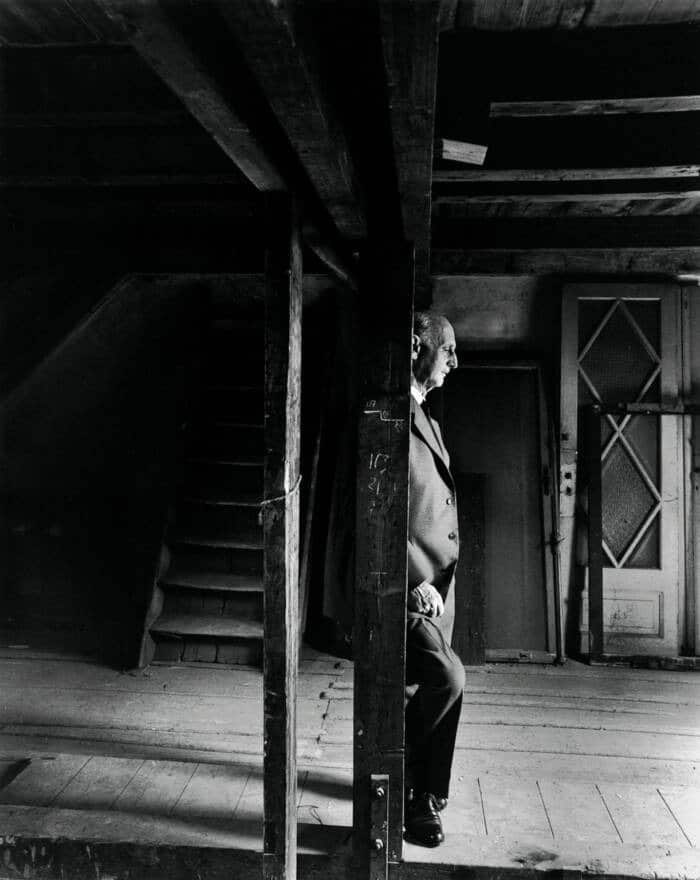
On the morning of Friday, August 4, 1944, Dutch police, led by SS-Hauptscharführer Karl Josef Silberbauer, conducted an unexpected raid on Prinsengracht 263.
A man wielding a revolver burst into Gies’ office, ordering the helpers to remain still while he and his team searched the building.
They discovered the Secret Annex. How the Nazis found the hiding place remains a mystery, and speculation about whether someone betrayed the occupants continues.
The eight people in hiding, including Otto Frank, as well as their helpers, Johannes Kleiman and Victor Kugler, were arrested. Remarkably, Miep Gies and Bep Voskuijl were left unharmed.
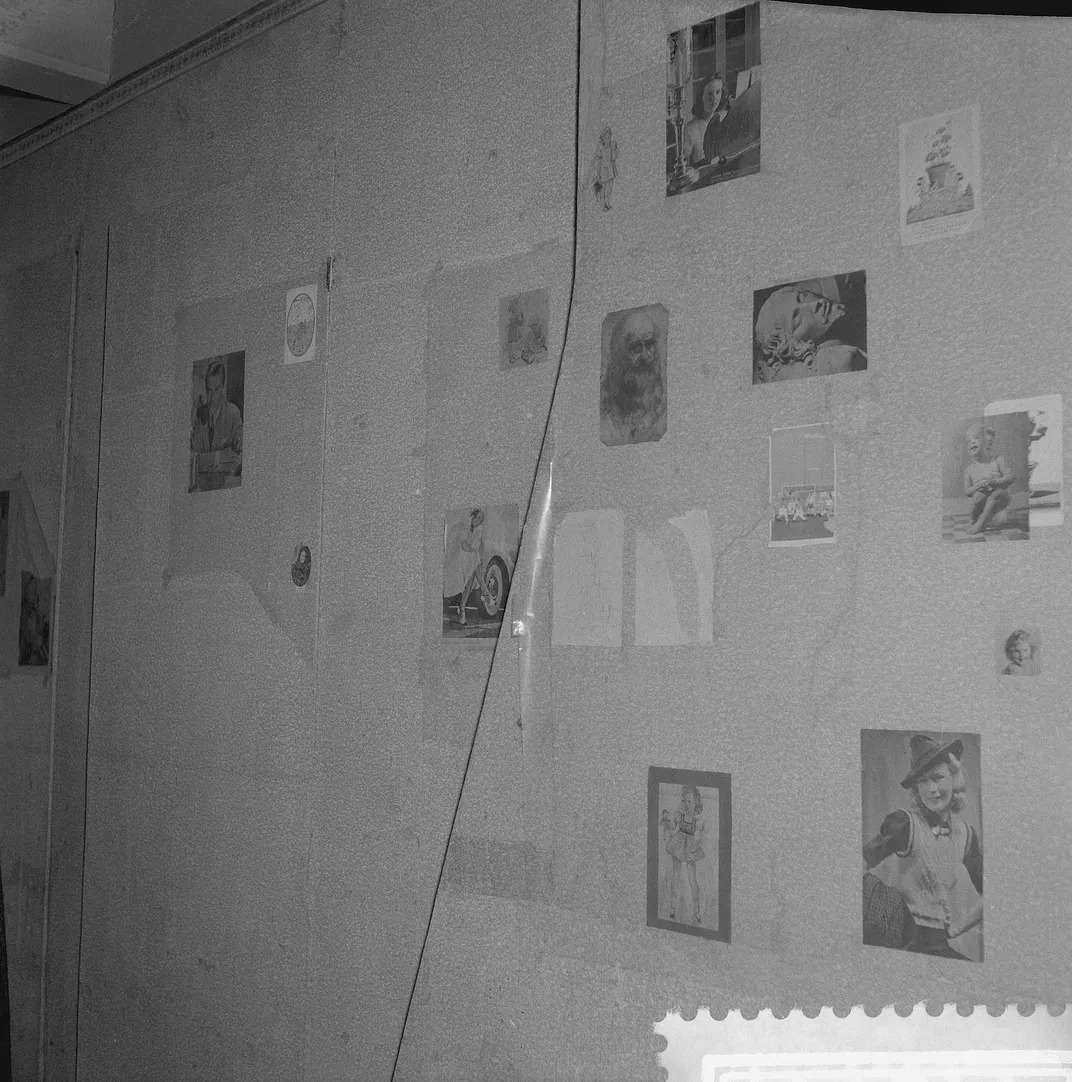
Later, when Miep and Bep visited the Secret Annex to recover personal belongings, they found Anne’s notebooks and papers scattered on the floor.
Miep gathered them up and placed them in a desk drawer, hoping someday to return them to Anne.
Miep ventured to the Sicherheitsdienst headquarters in a last-ditch effort to free those arrested. Unfortunately, her attempt was unsuccessful.
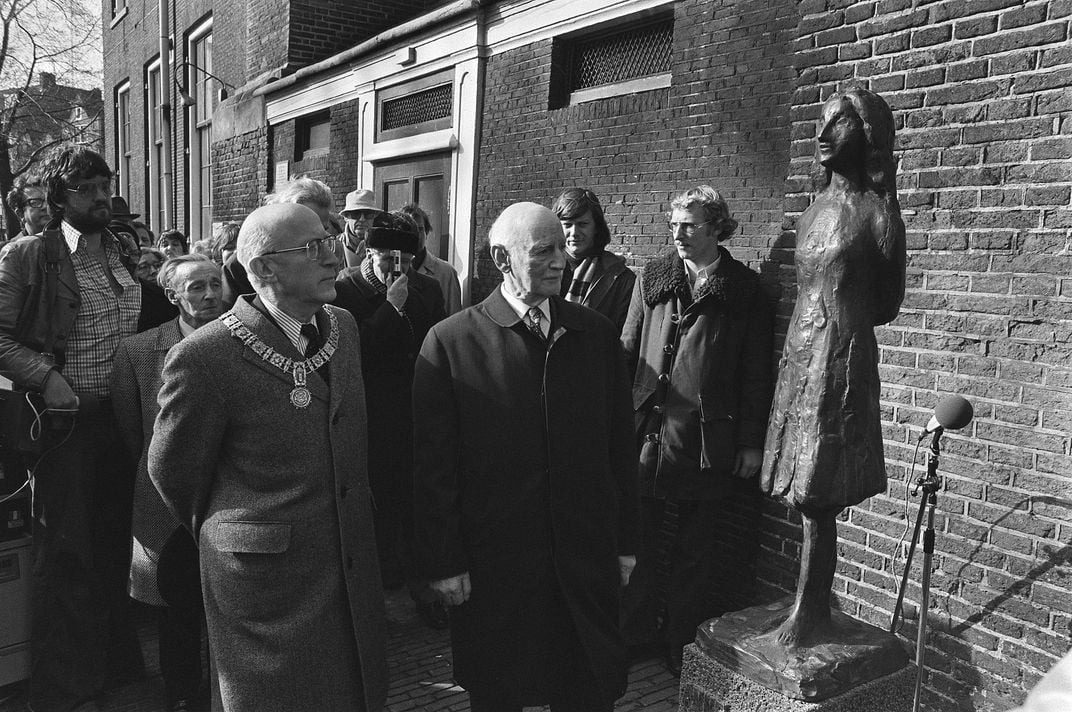
However, Johannes Kleiman was released after a few weeks. Miep and the other helpers continued to manage the business, clinging to the hope that the eight from the Secret Annex would one day return.
Miep entrusted the diary to Otto

The months after the arrest were marked by severe shortages, culminating in the Hunger Winter, a period of famine in the Netherlands. As the end of the war drew near, the Allies liberated Amsterdam in May 1945.
During this tumultuous period, Jan Gies worked at an aid center for survivors of concentration camps, anxiously awaiting news of their friends.
It wasn’t until June 3 that Otto Frank arrived at their home with heartbreaking news. “Miep, Edith is not coming back,” he told her. “But I have great hope for Anne and Margot.”
Unfortunately, this hope was crushed in July when Otto learned of his daughters’ deaths. It was then that Miep returned Anne’s diary to him.
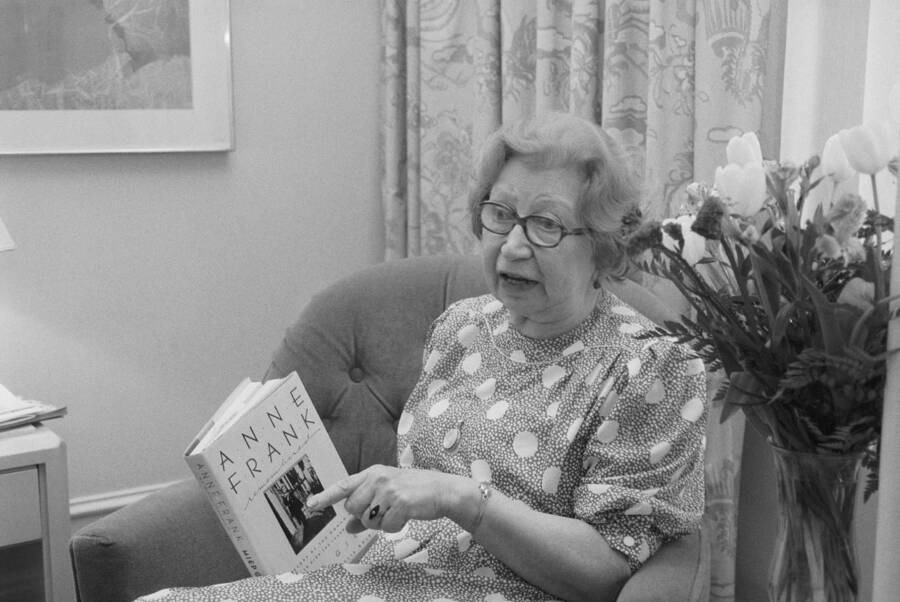
Miep Gies had never read the diary, respecting Anne’s privacy and considering it a violation to do so. It wasn’t until the diary’s second printing in late 1947 that she finally opened it.
As she read, Miep felt Anne’s vibrant voice come alive again, and Anne’s spirit and curiosity deeply moved her. “She was no longer gone and destroyed,” Miep reflected. “She was alive again in my mind.”
What happened to her later?
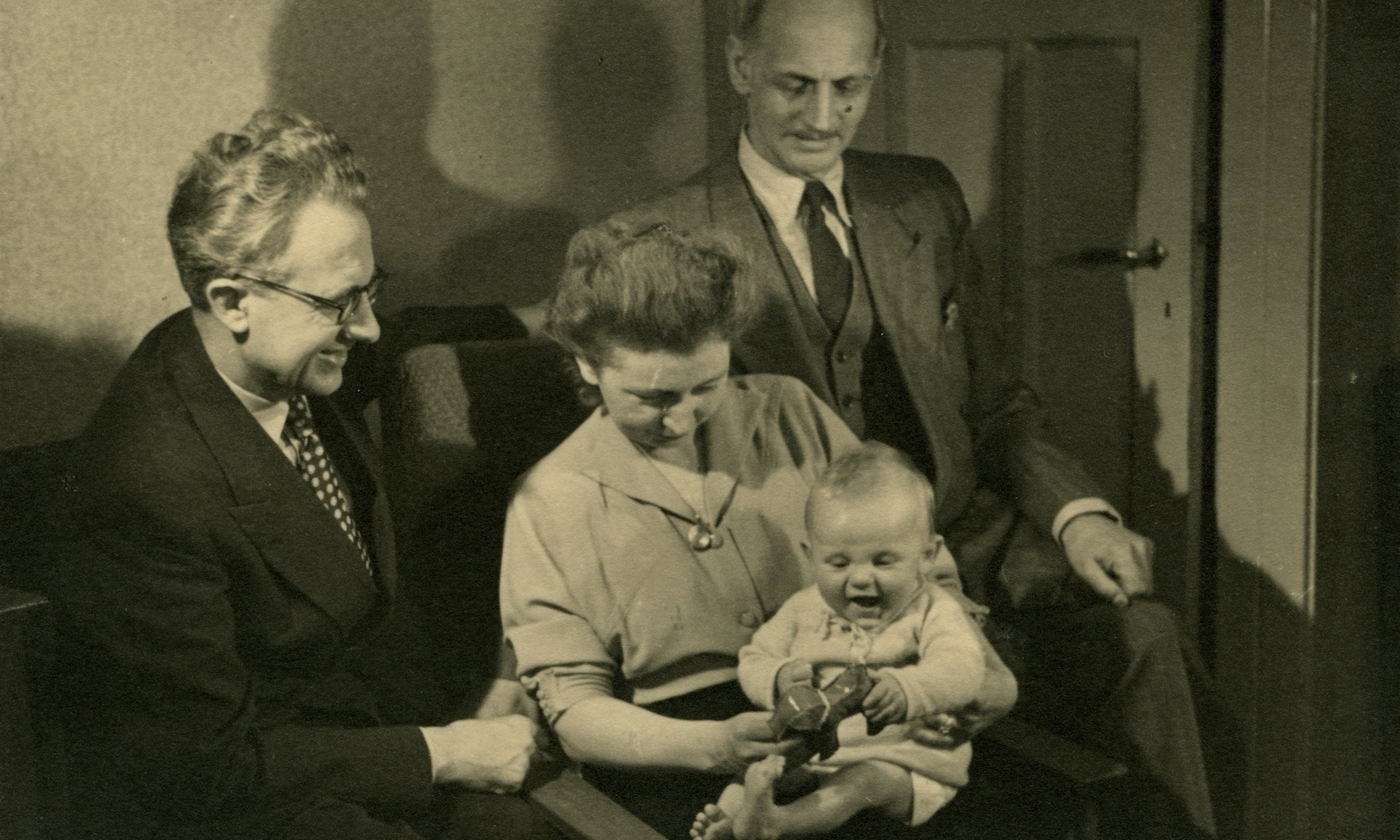
Otto lived with the Gieses for about seven years, witnessing their son Paul’s birth in 1950 before moving to Switzerland. He remained close to them until his death in 1980.
Though Miep lived a quiet life in Amsterdam as a homemaker, she gained public attention with the publication of her memoir in 1987. She traveled widely, sharing the lessons of the Holocaust and her connection to Anne Frank.
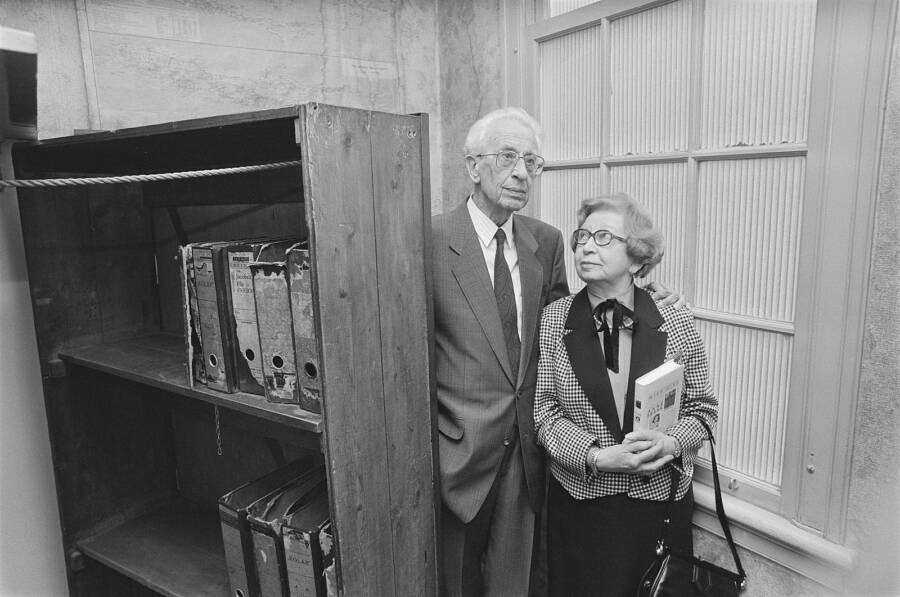
Every August 4, the anniversary of the Secret Annex arrest, she and Jan would retreat to their Amsterdam home to reflect on their loss. Jan passed away in 1993 at the age of 87, and Miep died in 2010, just short of her 101st birthday.
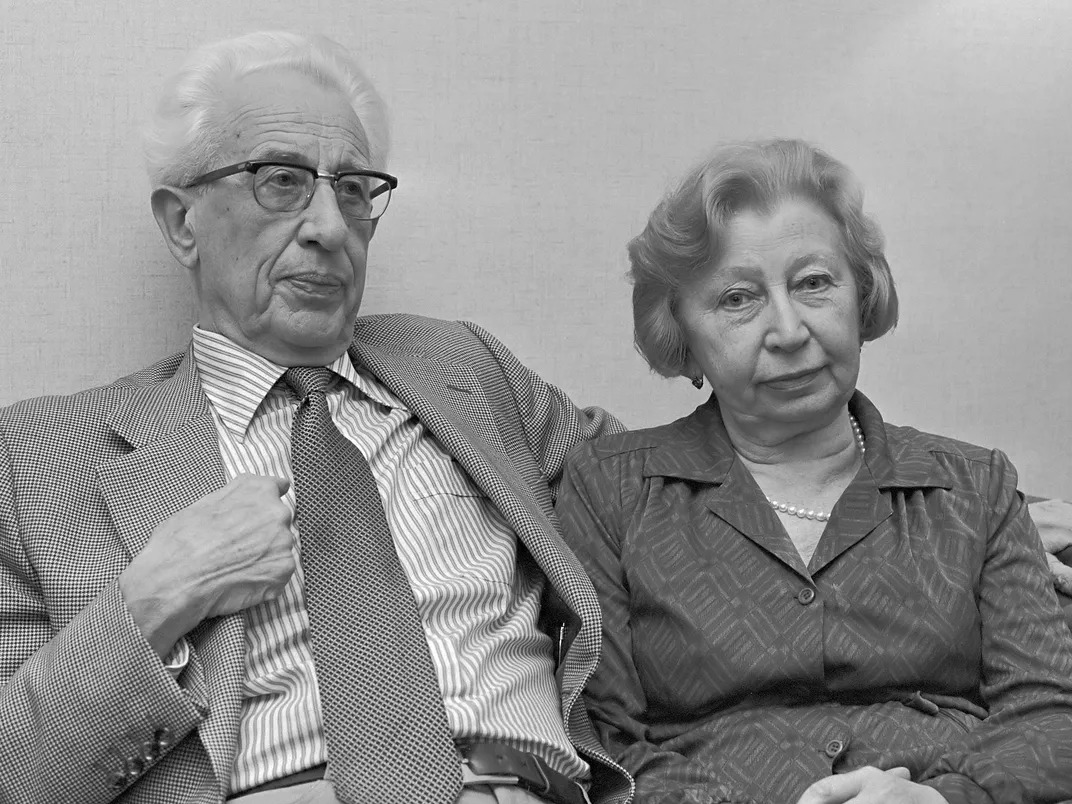
Miep Gies played a crucial role in preserving Anne’s diary, but she often wondered about what might have been if she had read it immediately after the arrest.
In her autobiography, she admitted that if she had read it, she might have had to destroy it to protect those mentioned in it.

She wrote, “When I had read the last word, I didn’t feel the pain I’d anticipated. I was glad I’d read it at last. The emptiness in my heart was eased. … My young friend had left a remarkable legacy to the world. But always, every day of my life, I’ve wished that things had been different.”


